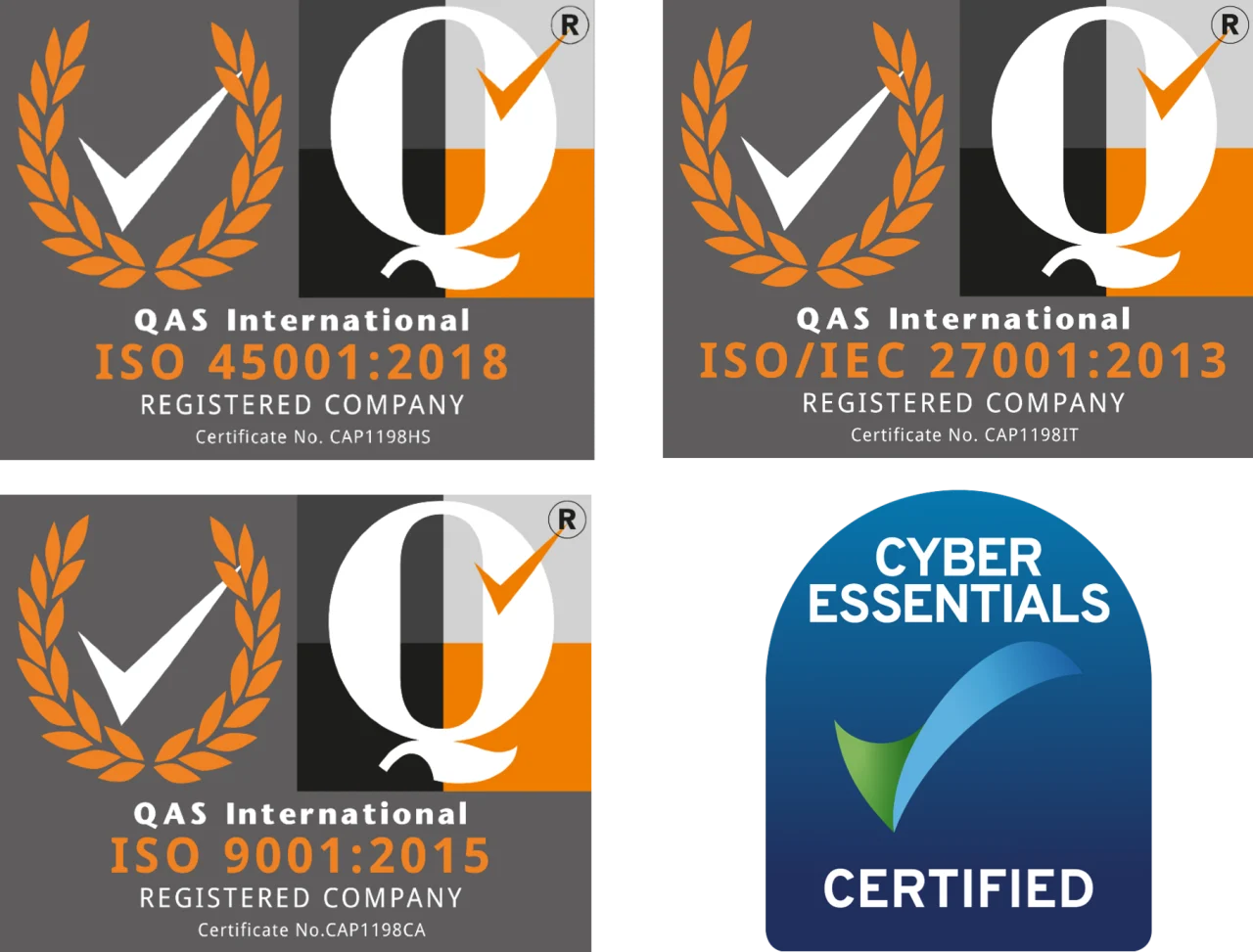In the current climate, businesses in Sheffield and across the UK have all manner of expenses to contend with and those cost centres are constantly increasing. These relate to all different aspects of the business, from Gas and Electricity, through to Vehicle costs and others. One that stands out though is IT equipment. The cost of IT equipment is relatively high and coupled with the other IT related expenses such as Software, Security and Outsourced labour, it can be difficult to find the cash to purchase the IT equipment outright. One potential solution is leasing IT equipment.
ESP (based in Sheffield) have assisted many customers with using leasing to help their organisation to achieve things that might have been unachievable simply by using their own cash. Below we explore some of the benefits of leasing IT equipment.

Lower impact on cashflow from IT equipment leasing
OK, it might sound obvious, but quite often this is the benefit with the biggest impact to a business. When an organisation is obtaining IT equipment, especially when there’s a lot of equipment that’s needed all at once, it might harm the business from a cashflow perspective – having to pay a lump-sum up front. Leasing offers an alternative to that, where you still manage to obtain the equipment, but you haven’t had to pay a chunk of cash up front. It can help to balance the books or reduce your perceived spending in a given financial year, because the costs are spread over a number of years. Some key situations where leasing can help with cashflow, revolve around your business (or it’s processes) needing to change. For example, if you were taking on a new premise / office location, you might need to kit out the new space. Another example would be Covid, businesses had to change very suddenly, their working practices, allowing staff to work from home. The simplest way to achieve that change in a short space of time, was to provide as many laptops as possible, to those people that you are still expecting to carry on working.
Predictable spending and following best practices.
One of the big problems with IT expenditure is the unpredictable nature of it. Things can go wrong, and quickly and you might need to change equipment at a similar pace. When leasing IT equipment, you can replace it sooner than you would have done, which means it is way less likely to go wrong. Accounting best practices mean that replacing your IT equipment every 4 years is the right thing to do, by the time 4 years comes around, the kit is usually causing some staffing issue (wasted time in the morning is a common problem for example). Also, after 4 years, the equipment disappears from the balance sheet and loses its value as an asset to your organisation as well as causing the person using an older device to lose more time doing their job as they need more of their time to deal with IT. Best practices state that you should always try to replace all of your IT equipment within a period of 4 years, this means you can easily budget for replacing aged kit, by making a 4 (or 5) year roadmap, that sets out how to keep within the confines of budgets.
Simpler equipment upgrading via IT equipment leasing
As set out in the previous section leasing can be an important tool to ensure that you keep new equipment coming into the business, within the parameters of best practice. Leasing allows you to purchase kit, spread the cost over several years and allows you to improve cashflow by doing so.
As part of this best practice though, you would need to replace your equipment every 4 years or so. Leasing allows you to simply refresh your contract and the associated costs and then to obtain replacement equipment, without necessarily changing the amounts you are paying out on a quarterly basis, meaning you get to keep the predictable levels of spend, but also get to refresh the kit (including keeping ahead of the curve in terms of obtaining up-to date equipment that’s fit for purpose) and anything else, all at the same time.
Built in maintenance.
With IT equipment leasing it’s usually possible to include a replacement hardware insurance or have an additional maintenance agreement. This will ensure that you have the peace of mind that if your equipment does happen to break down during the term of your lease, it will get replaced in an efficient manner. Talk to your provider to find out whether this is included in your agreement or not.
Tax and finance benefits of IT equipment leasing
Leasing can bring about various financial benefits to your business. The most obvious is that the cost of a lease is almost always 100% tax deductible because it’s an operational finance cost, meaning a reduction in that pesky corporation tax, where it applies! Whereas when purchasing the equipment, it’s not always tax deductible. It is also usually easier to obtain a lease agreement than other forms of finance for businesses, so always worth investigating, even if you are a new business. You should always consultant your accountant or other advisor to find out how leasing might impact your finances.
Summary
Leasing IT equipment clearly provides multiple benefits for your organisation, and these should be taken advantage of wherever possible. Most significantly it allows you to adapt quickly to changes in requirements and is ultimately much more cost effective and attractive to most businesses. There is a great article here about using leasing more widely in your business.
If you have any queries about how leasing might be usable in your organisation or would like to discuss your needs with regard leasing IT equipment please don’t hesitate to get in touch using our Contact page. ESP provides IT Support in Sheffield.

